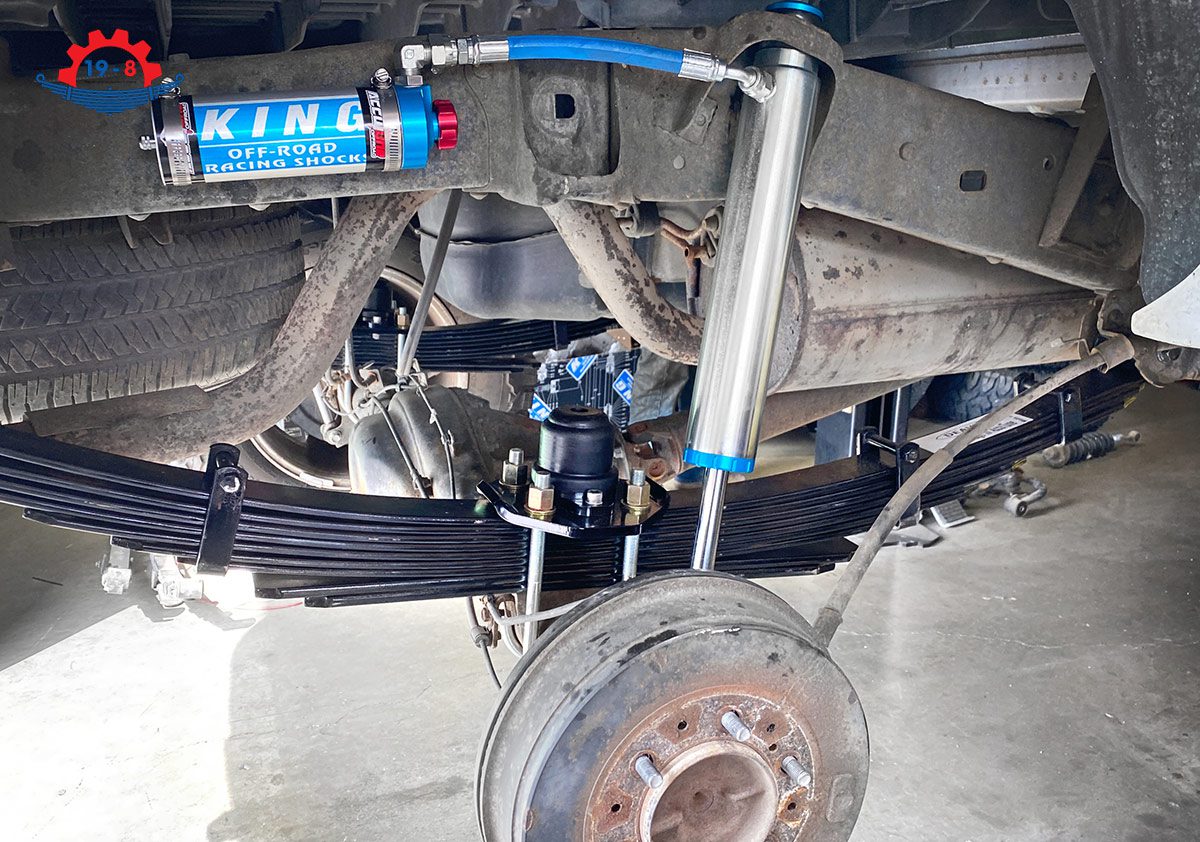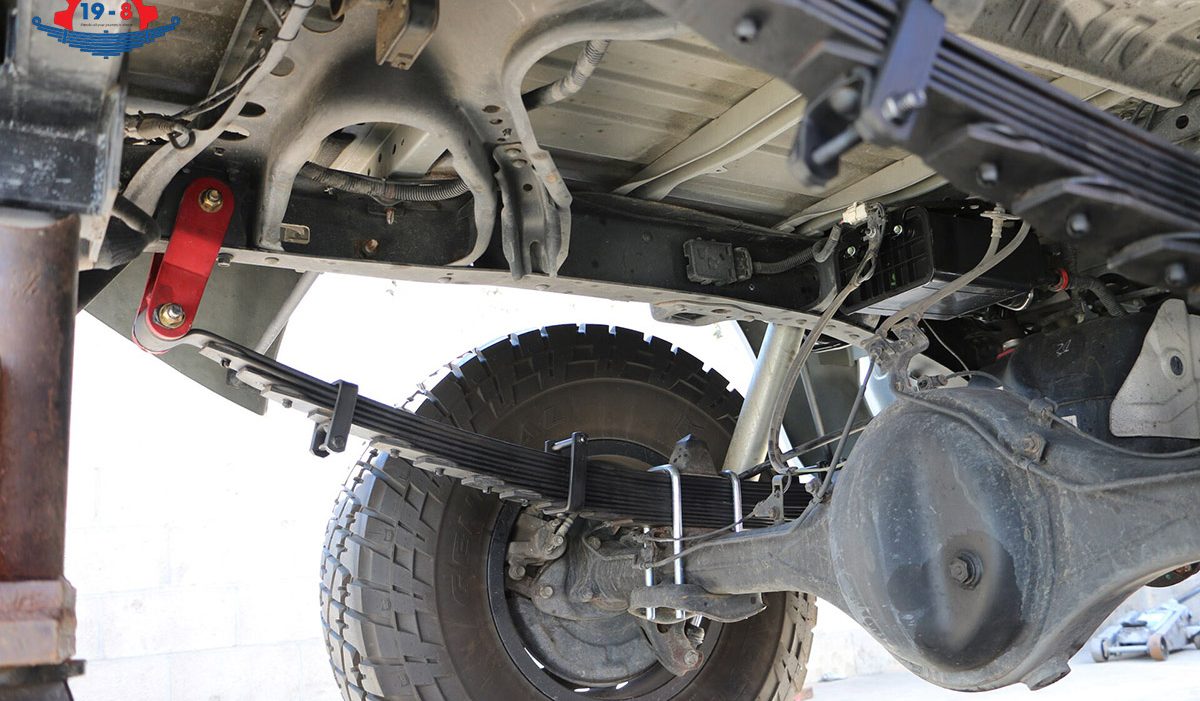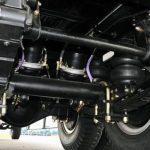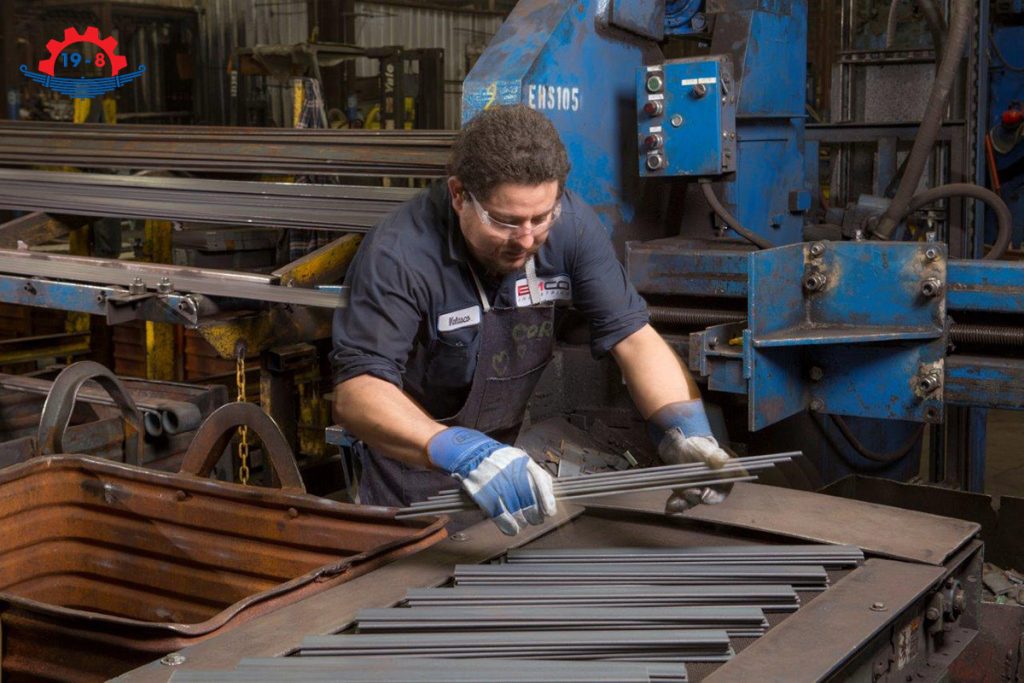Leaf spring advantages and disadvantages are crucial factors to consider when designing and selecting suspension systems for vehicles. On one hand, leaf springs have proven their reliability and durability over time, making them a preferred choice in heavy-duty applications. However, they come with certain limitations, including harsher ride quality and complexity in fine-tuning. In this article, we will examine the pros and cons of leaf springs in detail to help you make informed decisions about their suitability for your specific needs.


Advantages of Leaf Springs
They are one of the oldest and simplest forms of vehicle suspension, dating back to the days of horse-drawn carriages. They consist of one or more arc-shaped steel plates, called leaves, that are attached to the axle and the chassis of a vehicle. They have several advantages that make them suitable for specific applications, such as:
Durability and Strength
They are built to withstand heavy loads and harsh conditions, making them ideal for vehicles that operate in rough terrains or environments. They are resistant to wear and tear, corrosion, and fatigue, and can last for a long time with minimal maintenance.
They can also handle impacts and shocks better than other types of suspension systems, as they distribute the load evenly across the leaves. Some examples of vehicles that use them for their durability and strength are commercial trucks, buses, military vehicles, and off-road vehicles.
Simplistic Design
They have a straightforward structure that aids in easy manufacturing and maintenance. They do not require complex components or mechanisms, such as coil springs, shock absorbers, control arms, or linkages, to function properly. This means that they are cheaper to produce and repair than other suspension systems.
Additionally, they are easy to install and adjust, as they only need to be bolted to the axle and the chassis. Some instances where simplicity translates to cost-effectiveness are in developing countries, where they are widely used for their affordability and availability.
Enhanced Load-Bearing Capacity
They excel in handling substantial loads, as they have multiple layers of leaves that provide increased load distribution. The more leaves a leaf spring has, the higher its load-bearing capacity. This is especially beneficial for heavy-duty vehicles that carry large amounts of cargo or passengers, such as trucks and trailers.
They can also accommodate varying loads by adjusting their stiffness and height by adding or removing leaves. Some real-life scenarios demonstrating how this capacity benefits heavy-duty vehicles are in construction and agriculture, where they are used to support heavy equipment and machinery.
Consistent Performance
They offer a stable and predictable performance over time, as they do not lose their shape or elasticity easily. They also do not suffer from sagging or buckling under load, unlike other suspension systems that may deform or collapse over time.
Furthermore, they do not depend on external factors, such as temperature or humidity, to function properly. They can operate in any weather condition without compromising their efficiency or reliability. Some use cases in which predictable performance is essential are in emergency services and military operations, where they are used to ensure vehicle safety and readiness.


Disadvantages of Leaf Springs
Despite their advantages, they also have some disadvantages that limit their suitability for certain applications, such as:
Stiff Ride Quality
They tend to provide a less comfortable ride than other suspension systems, as they are stiff and rigid by nature. They do not absorb bumps and vibrations well, resulting in a rough and noisy ride.
They also do not offer much flexibility or adjustability in terms of ride height or damping characteristics, making them less responsive to changing road conditions or driver preferences. Some instances where this stiffness might be a drawback are in passenger vehicles and luxury cars, where they are rarely used for their poor ride quality.
Limited Articulation and Flexibility
They restrict the articulation of suspension systems, as they limit the movement of the axle relative to the chassis. This means that they do not allow much wheel travel or camber change, which are important for maintaining traction and stability on uneven surfaces.
They also do not allow much lateral movement or steering control, which are essential for maneuverability and handling on curved roads. Some instances where high articulation is crucial are in off-road vehicles and recreational 4x4s, where they are often replaced by coil springs or air springs for their superior off-road performance.
Weight and Space Constraints
They are bulky and heavy compared to other suspension systems, as they require ample installation space and additional hardware to support their weight. They also add to the unsprung mass of the vehicle, which is the mass that is not supported by the suspension system. This can negatively affect the vehicle’s acceleration, braking, fuel efficiency, and aerodynamics.
Some real-world examples where weight and space considerations impact vehicle efficiency and design are in sports cars and electric vehicles, where they are avoided for their weight penalty and space requirement.


Leaf Spring Advantages and Disadvantages – Suitable Applications
Commercial Vehicles
They are widely used in commercial vehicles, such as trucks and buses, for their robustness and reliability. They can handle heavy loads and rough roads without compromising their durability or performance.
They also offer a low-cost and low-maintenance solution for vehicle suspension, which is important for reducing operational costs and increasing profitability. Additionally, they are easy to modify and customize, which is useful for meeting different customer needs and specifications. Some examples of commercial vehicles that use leaf springs are delivery trucks, school buses, dump trucks, and tow trucks.
Heavy-Duty Machinery
Leaf springs are also used in heavy-duty machinery, such as construction and agriculture equipment, for their enhanced load-bearing capacity and consistent performance. They can support heavy equipment and machinery without sagging or buckling under load.
They also provide a stable and predictable performance regardless of the terrain or weather conditions. Furthermore, leaf springs are resistant to wear and tear, corrosion, and fatigue, which is essential for prolonging the lifespan and functionality of the machinery. Some examples of heavy-duty machinery that use leaf springs are excavators, bulldozers, tractors, and cranes.
Traditional Off-Road Vehicles
Leaf springs are compatible with older off-road vehicle designs, such as classic SUVs and trucks, for their simplicity and durability. They can withstand impacts and shocks from off-road obstacles without breaking or bending. They also provide a sufficient amount of wheel travel and ground clearance for moderate off-road challenges.
Moreover, leaf springs are easy to install and upgrade, which is convenient for off-road enthusiasts who like to modify their vehicles. Some examples of traditional off-road vehicles that use leaf springs are Jeep Wrangler, Toyota Land Cruiser, Ford Bronco, and Chevrolet Blazer.


In conclusion, when considering the use of leaf springs in a vehicle’s suspension system, it’s essential to weigh these pros and cons carefully. Depending on the specific application and priorities, leaf springs may be an excellent choice for their durability and load-handling capabilities. Still, their impact on ride comfort and weight should also be considered.







